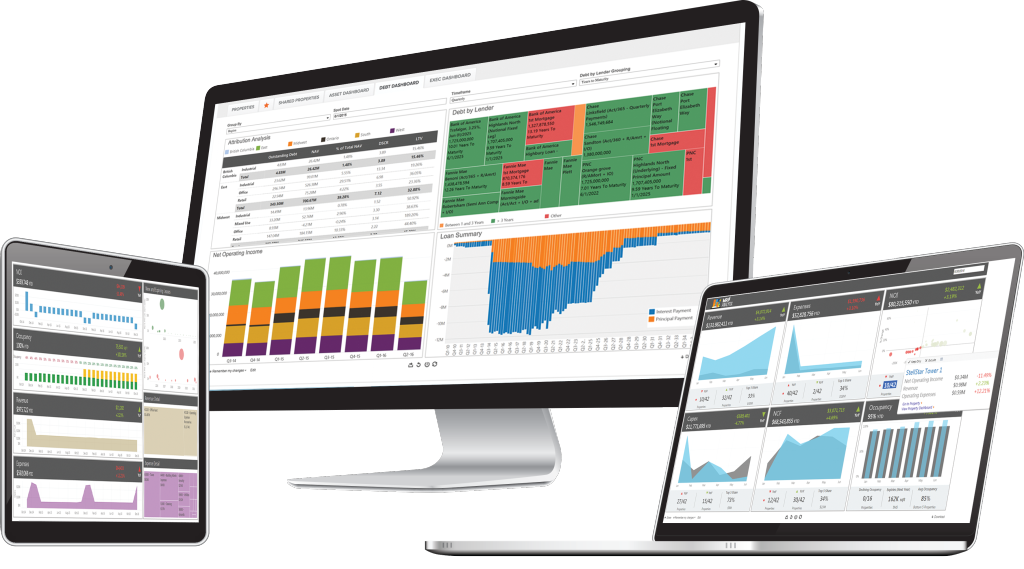While finance has a key duty to ensure compliance with accounting standards, reforms to the rules on leasing will bring real estate and its property management technology into the picture.
Who should take responsibility for leading the response to the new accounting standards that the International Accounting Standards Board and the Financial Accounting Standards Board will introduce with effect from January 2019?
On the one hand, accounting standards are traditionally the preserve of the finance function; on the other, these particular reforms are all about bringing the value of lease obligations onto the balance sheets of publicly-listed companies; since property assets will form the largest part of those obligations for many businesses, real estate clearly has a significant role to play too.
In reality, of course, this isn’t a binary question. Both finance and real estate are going to be involved in ensuring compliance with IFRS 16 and Topic 842 once they come into effect, and in managing the impact of the standards on an ongoing basis thereafter.
However, it is important that both functions recognise the important role each other has to play – and that they work collaboratively on the business’s response to the reforms as equal partners. That may represent a new way of operating at many companies, where real estate will traditionally have taken its lead from finance.
The good news is that finance directors are increasingly getting to grip with the basic impacts on their businesses of the reforms – particularly the headline changes to key financial metrics such as debt and profitability that may occur following the adoption of the new standards.
Equally, however, real estate directors bring specialist knowledge to the response to IFRS 16 and Topic 842. They also have the key tools required to do the detailed work now needed – their property management technology, whether existing or new, is the best route to identifying which leases are relevant to the new standards, extracting the key data from these leases, and also modelling future leases for their potential impact on the balance sheet.
The division of labour and responsibility between real estate and finance is therefore going to be even-handed. Certainly, checklist guidance from leading accountants suggests a number of key roles for both functions: for real estate, the challenges include identifying all property leases, checking systems are capturing the right information and monitoring it on an ongoing basis, and reconsidering lease strategy in the light of the reforms; for finance, key tasks will include considering exemptions and transitional reliefs, modelling the impact on financial results and statements, and communicating these impacts to stakeholders.
This is not an exhaustive list for either function by any means. But the important part to grasp is that finance and real estate will need to work hand-in-hand in the face of these reforms. The partnership approach will ensure the business benefits from both functions expertise and experience during the transition and on an ongoing basis.
Moreover, ensuring your business’s property management technology is capable of generating the data required is going to be an essential part of that split; the danger otherwise is that finance misses the opportunity to maximise value and minimise impact by trying to manage the process through its existing (but more limited) enterprise resource planning systems.
Takeaways:
- New accounting standards that come into force in 2019 will require companies to record the value of real estate leases on their balance sheets
- Real estate and finance need to take joint responsibility for managing the response to this change
- Property management technology holds the key to a successful partnership between real estate and finance

 As the real estate investment industry evolves, financial modeling will remain a key factor in allowing real estate investment
As the real estate investment industry evolves, financial modeling will remain a key factor in allowing real estate investment